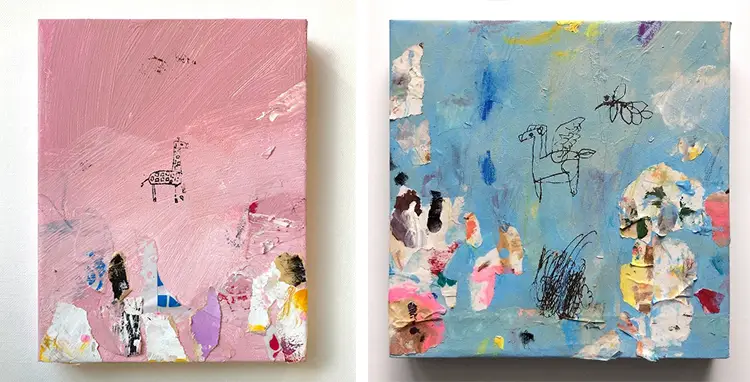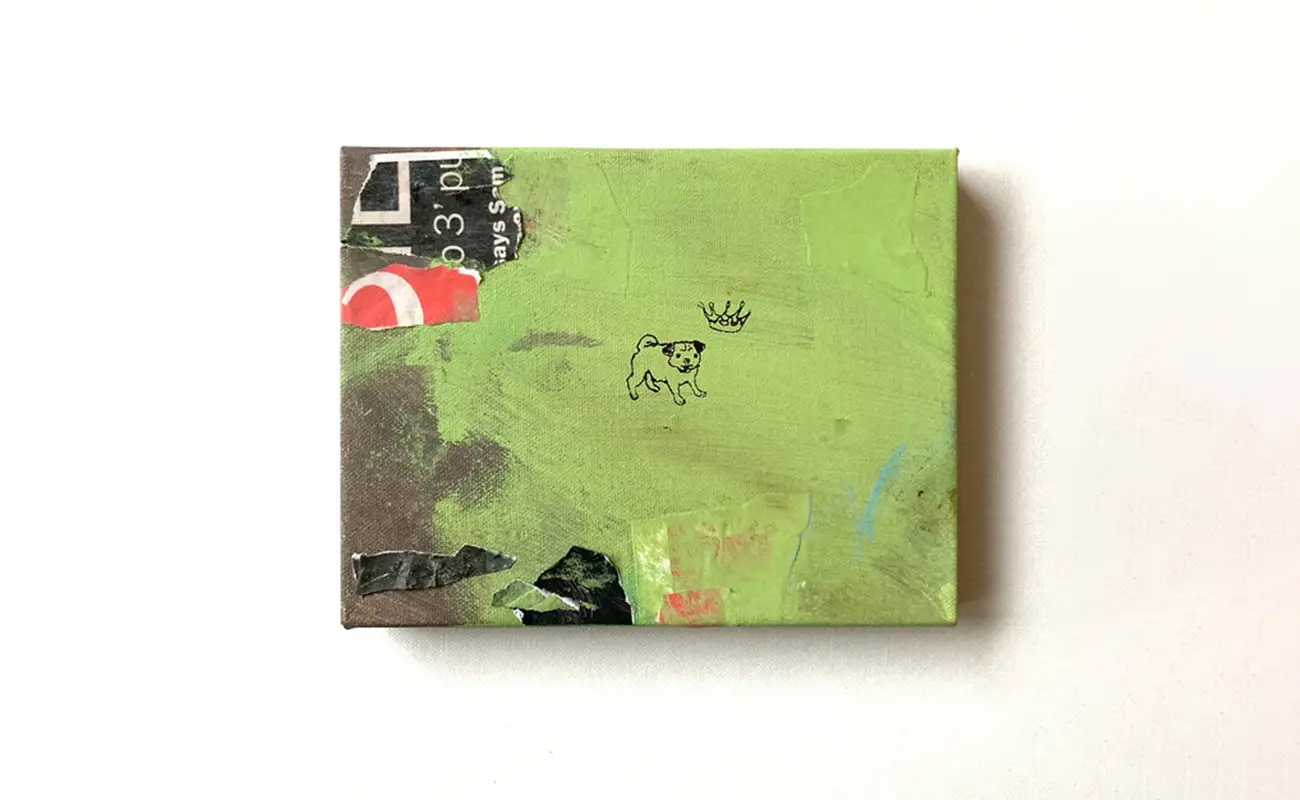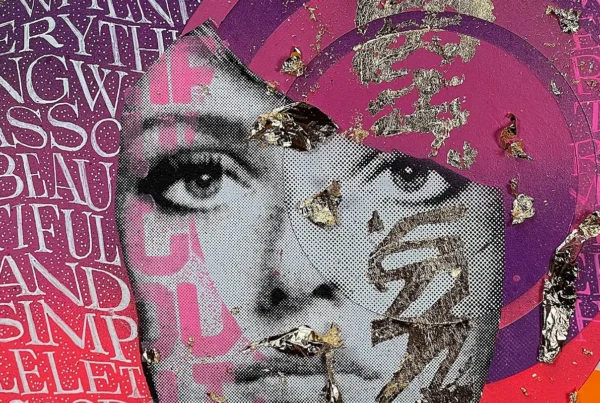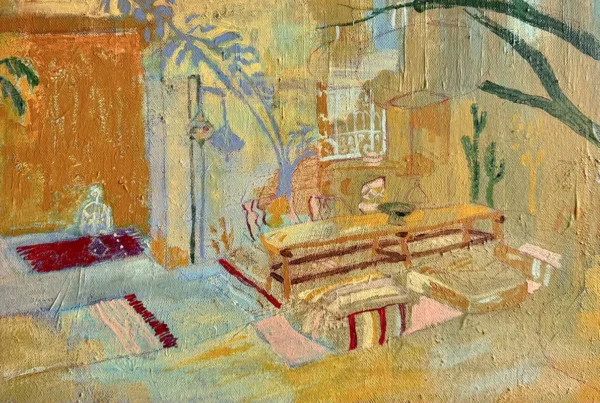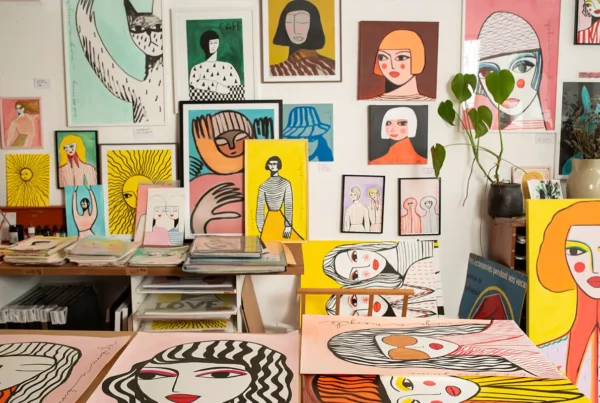The Art of Subtle Disturbance
In the dense, flickering energy of Tokyo, where images crowd the skyline and visual signals never sleep, Norio Monma found his earliest visual sensibility taking shape. Born in 1970, he grew up attuned to the quiet tensions behind the noise, eventually channeling that sensitivity into a distinctive artistic voice. His journey into illustration and visual storytelling began with formal studies at the Setsu Mode Seminar, a highly regarded institution in Japan’s creative circles. There, Monma completed an advanced program that refined both his technical skills and conceptual thinking. But it wasn’t until 1998 that he fully embraced illustration as a professional path, stepping into a world that would soon recognize his nuanced, restrained approach as something singular.
From the beginning, Monma’s aesthetic has resisted loud declarations. His drawings are notable for their restraint, yet within their economy of form lies a rich emotional undercurrent. He refers to this approach as “poetic minimalism,” a term that encapsulates his intent to create works that communicate not by force, but by presence. The spaces between his lines are as important as the lines themselves; ambiguity and suggestion are central to his philosophy. In his hands, illustration becomes a contemplative act, where viewers are invited to contribute their own interpretations rather than consume a fixed narrative. His compositions—often sparse, delicate, and precisely rendered—encourage a slower gaze, one that uncovers emotional resonance in quiet forms.
Recognition came early, bolstering Monma’s sense of direction. His work earned multiple accolades, including the Grand Prize and Kimura Yuji Award at the HB File Competition, as well as selection in the 2nd, 3rd, and 4th Showa Shell Contemporary Art Awards. These honors didn’t alter his voice but rather affirmed it, giving him confidence to continue trusting his instincts. The validation opened doors in publishing and gallery circuits, enabling him to collaborate across disciplines without compromising the signature softness and introspective depth that defines his work. These achievements, though never his aim, played a key role in extending the reach of his visual language.
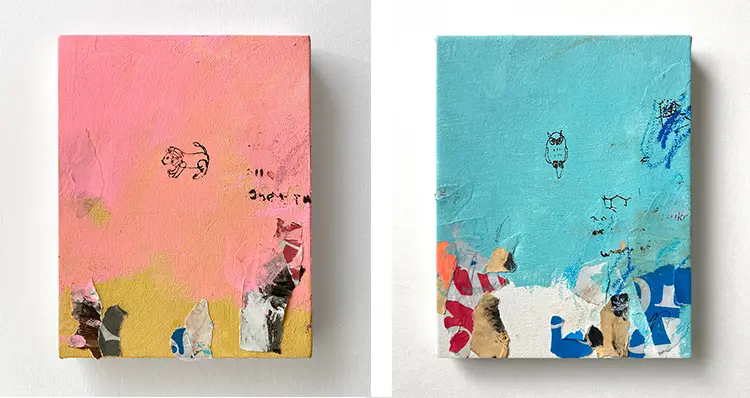
Norio Monma: Visual Poetry in Print and Motion
Monma’s illustrations have found homes in a variety of contexts—book covers, fashion, editorial design, and even film—each offering a new challenge while preserving his artistic identity. Whether crafting visuals for a literary publication or a newspaper feature, he adapts without diluting his style. The narrative dimension of a book or the tempo of a fashion campaign may call for subtle shifts in emphasis, but he maintains the core emotional tone throughout. Even in commercial work, where bold visuals often dominate, Monma’s illustrations offer a quiet counterpoint, encouraging reflection rather than spectacle.
His longstanding collaboration with Heibonsha’s website, illustrating Hiromi Kawakami’s Tokyo Diary, exemplifies this balance of adaptation and consistency. Kawakami’s text, known for its ethereal and emotionally understated tone, harmonizes perfectly with Monma’s imagery. Rather than depicting the literal events of the diary, he responds to its mood—capturing fleeting impressions, delicate gestures, and soft emotional cues. This partnership isn’t merely illustrative; it functions as a kind of dialogue between image and word, where the visual complements the literary without overpowering it. Each drawing becomes a companion to the writing, extending its atmosphere through subtle visual cues.
Monma’s involvement in the film Soup Opera, based on a novel by Sawako Agawa and directed by Tomoyuki Takimoto, marked a new expansion of his creative footprint. Commissioned to provide illustrations for posters, props, and the film’s end credits, he approached the project not as a departure, but as an extension of his artistic values. The film’s introspective and gentle tone aligned naturally with his sensibilities, allowing his drawings to merge seamlessly into the cinematic experience. In this medium, his work didn’t shout for attention—it breathed alongside the story, becoming part of its rhythm. The project demonstrated how his style could enrich even large-scale visual narratives without losing its intimate quality.
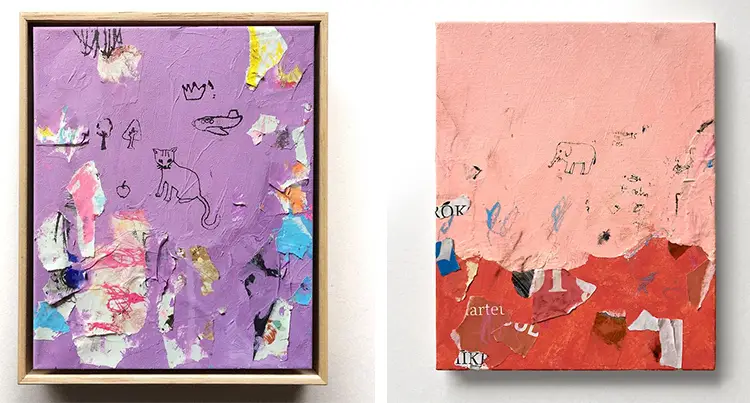
Symbols of Silence and Memory
Among the most intriguing aspects of Monma’s work is his recurring use of symbolic imagery—animals, crowns, clouds, and elemental figures that surface again and again across different pieces. These motifs are not calculated; instead, they emerge organically, often resembling fragments of a half-remembered dream. Rather than delivering direct meaning, these symbols serve as visual anchors that carry emotional weight. They evoke stories without detailing them, suggest histories without narrating them. The recurrence of these figures gives his body of work a kind of inner continuity, a shared vocabulary that invites viewers to connect dots across disparate pieces.
What makes these symbols so compelling is their ambiguity. A crown may suggest power or vulnerability, depending on its placement. A cloud might signify transience or contemplation. Monma leverages this multiplicity to create works that resonate differently with each observer. The familiarity of these images doesn’t dull their impact; instead, it deepens the viewer’s engagement by offering something recognizable yet unresolved. These figures are less about definition and more about invitation—they gesture toward meaning rather than state it outright.
His process reinforces this openness. Working with torn paper, crayon, and acrylic, Monma embraces the tactile quality of materials and the imperfections they introduce. He describes a fascination with the unpredictable textures that arise from these tools—the fragility of crayon marks, the uneven edges of paper, the layering that suggests collage. This physical engagement with the medium adds a human warmth to his otherwise minimalist compositions. Each artwork becomes not just a visual object but a surface with its own history—an accumulation of gestures, decisions, and accidents that echo the emotional subtlety he strives to convey.
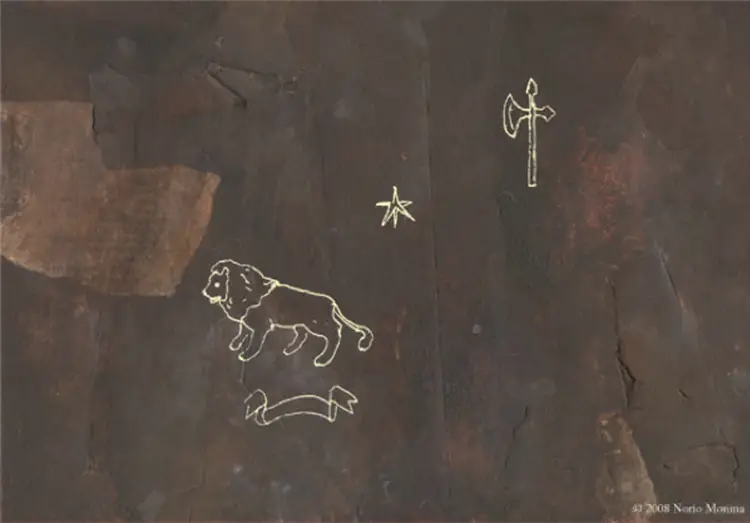
Norio Monma: The Emotional Architecture of Space
Beyond his commercial and collaborative ventures, Monma’s solo exhibitions have offered a vital platform for deeper artistic exploration. Venues such as HB Gallery and Pater’s Gallery have showcased his personal work since the late 1990s, providing him space to investigate themes untethered from client briefs or editorial constraints. These exhibitions allow him to engage more directly with viewers, who encounter his pieces in a setting designed for contemplation. Without the frame of an assignment, Monma’s work often becomes more abstract, more emotionally expansive, and occasionally more melancholic.
That underlying sense of melancholy is a consistent undercurrent in much of his art. Though often imbued with whimsy or quiet humor, his drawings tend to carry a gentle sorrow—an emotional register he acknowledges as instinctive rather than intentional. He attributes this to both his stylistic choices and his thematic focus: the use of empty space, the simplicity of forms, the muted colors. These elements combine to create images that linger emotionally, evoking feelings that are difficult to name but immediately familiar. His works do not aim to console or provoke; rather, they hold space for complex emotions to surface.
For Monma, silence is expressive. He strives to create pieces that don’t demand attention but instead reward stillness. This philosophy extends to how he hopes his work is received by new audiences. Whether viewed online or in a gallery, he wants his illustrations to offer moments of pause—a place for quiet emotion, brief reflection, and perhaps a flicker of nostalgia. Though his lines may be minimal and his colors restrained, each drawing is saturated with meaning, waiting patiently to be discovered. In a visual culture often driven by noise, Norio Monma’s work stands as an invitation to listen more closely to what is quietly offered.
